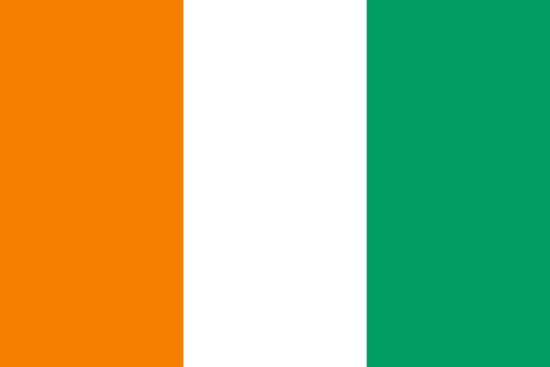tai
CIV
|
📅 Planning it
Error -> Unable to process request. No coordinates provided for Taï.
Fr
West African CFA franc
The heart of Ivory Coast beats in Taï
About:
When to visit:
Taï National Park, located in the Ivory Coast, is best visited during the dry season, which typically runs from November to March. During this time, the weather is more pleasant with lower humidity levels and minimal rainfall, making it ideal for exploring the park's diverse flora and fauna. Many wildlife species are more active during the dry season, increasing your chances of spotting rare and elusive animals such as chimpanzees and pygmy hippos. However, it is recommended to avoid visiting during the wet season from April to October, as heavy rains can make travel difficult and hinder wildlife sightings.
When to avoid:
Traveling to Taï on a holiday during the rainy season, which typically occurs from May to October, may not be the most favorable time for tourists. The heavy rainfall during this period can lead to difficult travel conditions, including flooded roads and limited outdoor activities. Additionally, the increased humidity and precipitation may also attract more mosquitoes, potentially increasing the risk of mosquito-borne illnesses. It is advisable for travelers to consider visiting Taï during the dry season from November to April for a more enjoyable and hassle-free holiday experience.
Rainy Season (May-Oct)
In Taï, the wettest period occurs from May to July, with the heaviest rainfall in June. The average temperature ranges from 23-26°C. The area receives about 200-300mm of rain monthly, with cloud cover often at 80-90%, resulting in reduced sunlight hours. An average day for a visitor during this season would involve navigating through persistent rains, with occasional breaks of overcast skies. Despite the rain, the temperature remains warm. The high humidity can make the air feel heavy, but the lush greenery and vibrant wildlife are at their peak.
"Hot Season (February–April)"
I'm sorry, but there seems to be some confusion with your request. Taï is a national park in Côte d'Ivoire (Ivory Coast), so I'll provide information based on that location.
The warmest part of the year in Taï National Park typically spans from February to May, with temperatures averaging between 28°C (82°F) and 35°C (95°F). This period is also part of the dry season, so rainfall is relatively low, averaging around 40mm per month.
The park enjoys an average of 7-8 hours of sunshine per day during this period, with cloudiness varying but generally less than the rainy season. Humidity is still high due to the tropical climate, typically ranging from 70% to 80%.
For a visitor, a typical day in Taï National Park during the warmest part of the year would feel hot and humid. The mornings often start off sunny and bright, with the heat intensifying towards the afternoon. Despite it being the dry season, occasional short showers can occur, offering a refreshing break from the heat. The park's dense forest provides some shade, making exploration more comfortable.




